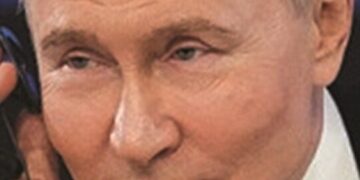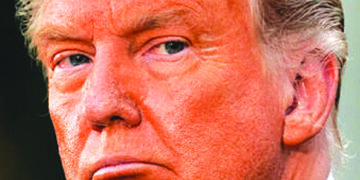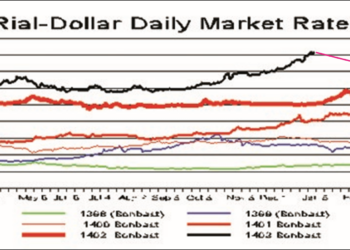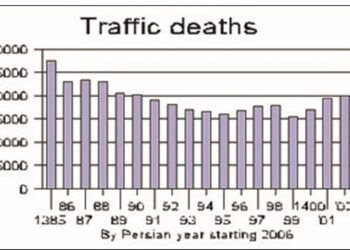on the quota issue, just renewing the group’s quota of 30 million barrels a day that it set last December.
The quota is consistently ignored, with OPEC production now around 31.8 million barrels, But since OPEC has abandoned country-by-country quotas, there is no way to even pretend to enforce a group quota that applies to all dozen member states.
Prior to last week’s OPEC meeting, Saudi Arabia said it would be happy just to continue the 30 million quota.
But Iran and Venezuela then said they wanted the quota reduced in order to drive the price of a barrel back up. The price was fairly level much of last year and averaged $107 a barrel. It then surged to a high of $125 on March 13 of this year, and has slipped since then to a current price around $95.
Iraq said it stood with Iran and wanted a lower quota. But this struck most as laughable since Iraq has been pushing its production up dramatically in recent months. Since December, just before the US and EU announced new sanctions, Saudi Arabia has boosted its output by 200,000 barrels a day while Iraq has raised production by 300,000 barrels. The Saudi hike has been 2 percent since December while the Iraqi increase has been 11 percent.
With Iran, Iraq and Venezuela calling for a reduction, Saudi Arabia then changed its position and came into the meeting calling for OPEC to raise its quota to assure the world that OPEC didn’t seek high prices that would choke off economic recovery.
The cartel met for only one day and compromised without apparently much internal argument on rolling over the current quota for six more months. That speed suggested Iran and Venezuela were largely posturing and calculated they lacked support to push seriously for a quota cut.
Before the meeting, the Islamic Republic almost daily denounced quota breakers and said it would demand that the OPEC do something to stop countries from going over the quota. This did not exactly resonate with other OPEC members since Iran has historically exceeded its quota and, in fact, routinely been the worst offender of all of OPEC members. One of the accompanying charts shows Iran’s actual monthly production for three years compared to its OPEC quota back in the days when each country had a quota.
Iran ceased its regular practice of quota-busting high output only in the past two years as it has been unable to pump enough oil from new sources to keep up with the decline of its old. This year, Iranian output has further plunged as a result of the sanctions regime that has most of Iran’s customers buying less crude than before.
Saudi Arabia is now pumping around 10 million barrels a day. Saudi Oil Minister Ali An-Naimi doesn’t deny the high Saudi output. In fact, he boasts of it. He has called the extra Saudi output “a kind of stimulus” for the groaning world economy.
Bloomberg news looked back at past OPEC meetings and reported that this was the first one in 10 years that did not cut quotas when the price had dropped more than 10 percent in preceding three months. And this time, the price drop is 25 percent.
Last week’s OPEC meeting was also tasked to elect a new secretary general to succeed Libyan Abdalla El-Badri, who is retiring in December. Candidates from Iran, Iraq, Saudi Arabia and Ecuador are seeking the post. But OPEC ministers decided against voting this month and put the issue off to the next OPEC meeting in December. The betting money argues that the cartel will go with the Ecuadorian candidate to sidestep an unpleasant fight among three Persian Gulf powers.














